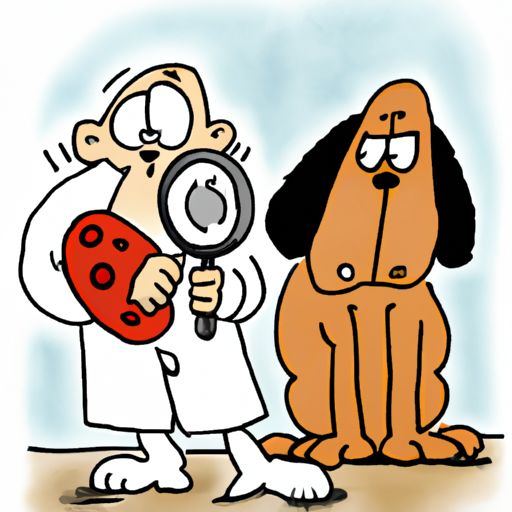As a pet owner, you are likely your dog’s first line of defense against various health issues. One such problem that often goes unnoticed or is misunderstood is a yeast infection in a dog’s paws. This article seeks to provide an in-depth understanding of how dogs get yeast infections in their paws, what the symptoms are, and how to treat and prevent these infections.
Table of Contents
- Understanding Yeast Infections
- How Dogs Get Yeast Infections in their Paws
- Symptoms of Yeast Infections in Dog Paws
- Treatment of Yeast Infections in Dog Paws
- Prevention of Yeast Infections in Dog Paws
- Frequently Asked Questions
Key Takeaways
- Yeast infections in dogs’ paws are often caused by an overgrowth of yeast naturally present on their skin.
- These infections may result from an underlying health issue or environmental factors that disrupt the normal balance of yeast.
- The symptoms often mimic other health conditions, making diagnosis tricky.
- Treatment involves topical or oral antifungal medications and sometimes, changes in diet.
- Prevention strategies include regular grooming, a balanced diet, and keeping your dog’s paws dry.
Understanding Yeast Infections
Yeast is a type of fungus that lives on the skin of dogs and is typically harmless. However, when the yeast population on your dog’s skin gets out of control, it can lead to an infection, commonly known as a yeast infection. Yeast dermatitis is a fairly common inflammatory skin condition in pets.
How Dogs Get Yeast Infections in their Paws
Yeast infections in a dog’s paws are often a result of an overgrowth of naturally occurring yeast. This overgrowth can be triggered by factors like:
- Underlying Health Conditions: Issues like allergies, hormonal imbalance, or a weakened immune system can disrupt the normal balance of yeast on your dog’s skin.
- Environmental Factors: If your dog’s paws are often wet or damp, it can create a conducive environment for yeast to multiply.
Also, certain dog breeds are more susceptible to yeast infections. Check out this breed susceptibility guide for more information.
Symptoms of Yeast Infections in Dog Paws
Identifying a yeast infection in your dog’s paws can be challenging as it often mimics other conditions. Common signs to look out for include:
- Constant licking or chewing at the paws
- Swelling or redness
- An unpleasant odor
- Scaly or greasy skin
If you notice these symptoms, it’s vital to consult a vet. Understanding the importance of veterinary check-ups can guide you through this process.
Treatment of Yeast Infections in Dog Paws
Treating yeast infections involves addressing the overgrowth of yeast and the underlying cause. Your vet may prescribe:
- Topical Antifungal Medications: These are applied directly to your dog’s infected paws.
- Oral Antifungal Medications: These are used in severe cases or when topical treatments aren’t effective.
- Dietary Changes: Sometimes, a change in diet can help manage yeast infections. Understanding dog nutrition can be beneficial.
Remember, each dog is different, and what works for one may not work for another. Always consult with your veterinarian for the best course of action.
Prevention of Yeast Infections in Dog Paws
Preventing yeast infections involves maintaining the right balance of yeast on your dog’s skin. Here are some strategies:
- Regularly groom your dog and keep their paws dry.
- Feed your dog a balanced diet.
- Regular vet check-ups to catch potential issues early.
Frequently Asked Questions
-
Can I use over-the-counter antifungal creams for my dog?
While some over-the-counter antifungal creams may work, it’s best to consult a vet before using them on your dog. -
Can a yeast infection in my dog’s paws spread to other parts of its body?
Yes, if left untreated, the infection can spread. -
Can humans get yeast infections from dogs?
While yeast infections are not typically transmitted from dogs to humans, people with weakened immune systems should be cautious.
Remember, as a pet owner, your dog’s health and well-being largely depend on you. By understanding potential health issues like yeast infections in their paws, you can ensure your furry friend leads a healthy and happy life.



